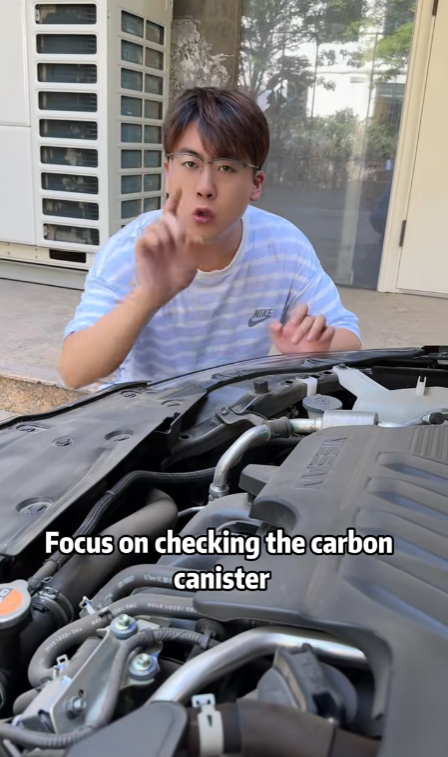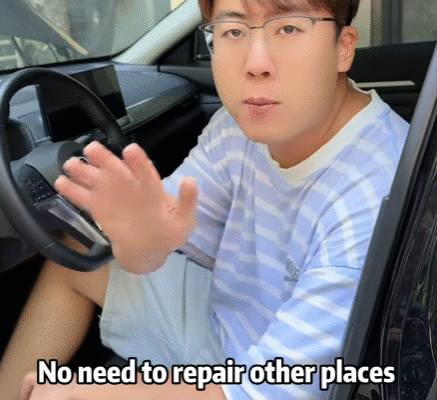
When we think about car maintenance, we often focus on oil changes, tire pressure, or brake pads. But there’s a lesser-known aspect of car care that many drivers overlook: the drain holes. These tiny, often hidden openings play a critical role in protecting your vehicle from water damage. Yet, most car owners have no idea they exist—let alone where they are or why they matter.
In this article, we’ll explore what drain holes are, why they’re important, where to find them, how to clean them, and the consequences of neglecting them. By the end, you’ll see why knowing about these small features can save you from big problems.
What Are Drain Holes?
Drain holes, also called weep holes or water drains, are small openings in a car’s body designed to let water escape. They’re strategically placed in different parts of your vehicle where water could accumulate, such as the doors, trunk, sunroof channels, and even under the windshield cowl.
Every time it rains, when you wash your car, or drive through puddles, water finds its way into places you don’t expect. These drain holes ensure that water doesn’t stay trapped, which could lead to rust, mold, or electrical issues.
Why Are Drain Holes So Important?
Cars are built to withstand outdoor elements, but they aren’t entirely waterproof. Designers include drain holes to:
- Prevent Rust and Corrosion
Water sitting inside metal panels can lead to rust. Over time, this can eat through your doors or rocker panels, weakening the structure of the vehicle. - Avoid Mold and Bad Odors
Trapped water can promote mold growth inside the cabin, especially in the floorboards or trunk. Mold not only smells bad but can be harmful to your health. - Protect Electrical Systems
Water in areas like the sunroof drainage tubes or under the dashboard can damage wiring or sensors, leading to expensive electrical repairs. - Ensure Proper Operation of Moving Parts
Accumulated water can interfere with door locks, window regulators, and other moving parts hidden behind panels.

Where Are the Drain Holes Located?
Knowing where your car’s drain holes are located is the first step to inspecting and maintaining them. Common locations include:
1. Bottom of the Car Doors
Check along the bottom edge of each car door. You’ll likely see small slits or holes—these let rainwater that sneaks past the window seals drain out. If these get clogged, water can build up inside the door.
2. Sunroof Drains
If your car has a sunroof, there are usually four drain holes—one at each corner. They connect to narrow tubes that guide water down the pillars and out beneath the car. If these get blocked, water can leak into the headliner or drip onto your seats.
3. Windshield Cowl (Base of the Windshield)
At the base of your windshield, there’s a plastic panel called the cowl. Beneath it are drainage channels to keep water from flooding the engine bay. Leaves and debris often block this area.
4. Trunk and Tailgate
The trunk area, especially in hatchbacks or SUVs, has drainage points to keep water out of the spare tire well. Check under rubber gaskets or near the trunk seal.
5. Fuel Filler Door
Some cars have a small drain hole under the fuel cap to prevent water from pooling around the gas tank opening.
How to Check and Clean Drain Holes
Most car owners never check their drain holes—until there’s a problem. Luckily, keeping them clear is simple and takes just a few minutes.
Step-by-Step Guide:
- Visual Inspection
Start by locating the holes. Look under the doors, open the sunroof, lift the trunk carpet, and check the windshield base. Use a flashlight if needed. - Test With Water
Pour a small amount of water near the hole (especially sunroof drains). If the water drains away quickly, it’s working. If it backs up, you may have a clog. - Use a Soft Probe
Gently insert a piece of flexible wire, pipe cleaner, or compressed air into the hole. Avoid using sharp tools that could damage delicate tubing. - Flush With Water
After clearing any debris, flush the area with clean water to confirm it’s draining properly. - Check During Car Wash
Notice if water is dripping where it should during a wash. Lack of drainage might mean a blockage.

Signs of Clogged Drain Holes
Being aware of the warning signs can help you catch issues early before serious damage occurs. Here’s what to watch for:
- Water sloshing sounds inside doors
- Wet carpets or musty odors
- Foggy windows despite working A/C
- Damp trunk or spare tire compartment
- Water dripping from the sunroof into the cabin
- Rust or bubbling paint at the bottom of doors
If you notice any of these symptoms, check your drain holes right away.
What Happens If You Ignore Them?
Neglecting your car’s drain holes can lead to:
- Interior water damage
Wet insulation, ruined upholstery, and moldy carpets are costly to repair. - Electrical issues
Short circuits, faulty sensors, and corroded connectors can cause mysterious problems and warning lights. - Rust and body damage
Rust from the inside out can destroy doors, fenders, and structural parts, reducing your car’s lifespan and resale value. - Unpleasant driving experience
No one wants to sit in a damp, smelly car or deal with constant fogged-up windows.

Tips to Keep Drain Holes Clear
- Regularly inspect your car after heavy rain or washes.
- Avoid parking under trees, which drop leaves and sap.
- Use a car cover if your vehicle sits outside for long periods.
- Add drain hole cleaning to your seasonal maintenance checklist.
- Ask your mechanic to check them during regular service.
Final Thoughts
Drain holes might seem like a minor detail in a car’s design, but their role is vital. Just like your gutters at home, they need to stay clear to prevent damage. Spending a few minutes checking and cleaning them can save you hundreds—or even thousands—of dollars in repairs.
So next time you wash your car or do a quick inspection, take a moment to find your drain holes. Knowing where they are and what they do makes you a smarter, more responsible car owner. After all, it’s the little things that often make the biggest difference.



